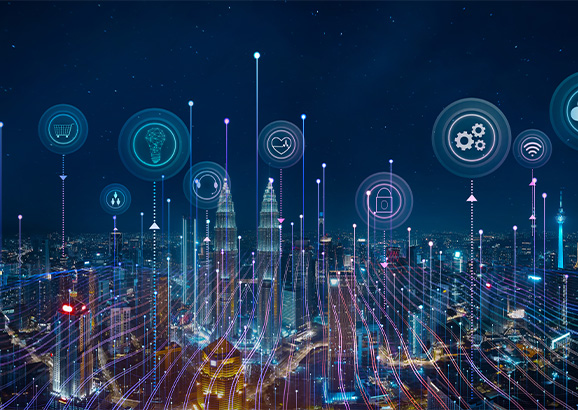Complementary Metal-Oxide-Semiconductor (CMOS) transistors are ubiquitous of our digital world…
From smartphones and computers…
to data centers…
to automotive and IoT devices.
The energy consumption of CMOS chips is an environmental problem, as Information and Communication Technologies will represent 20% of the global electricity demand by 2030. This energy consumption is also a crucial industrial issue, as the associated heating is nowadays the limiting factor of the performance of the chips. Since 2006, their performances are indeed limited by the heating of the chip, due in particular to leakage currents and data transfers through interconnections.

Nellow is developing a new technology aiming at drastically decreasing the energy consumption of microelectronics chips.
Our core computing technology, has the potential to solve these challenges posed by the CMOS technology.
Our technology is based on quantum materials and on the physical principle of ferroelectricity. As such, it is non-volatile, i.e., in the absence of power supply the logic state is retained. Therefore, there is no static energy consumption. Also, the logic and memory functions are not spatially separated as in current CMOS architectures, but gathered in the same device. This suppresses the large energy cost associated with moving data between the logic and memory units. Combined with ultralow switching energies and low working voltages, Nellow’s innovation makes it possible to envision energies per operation orders of magnitude below what can be achieved with the current CMOS technology.
Nellow ultimately targets all the digital applications currently based on the CMOS technology, from smartphones to AI. This market of chips for logic and AI is expected to represent 1 T$ in 10 years, with a Compound Annual Growth Rate of around 10%.


